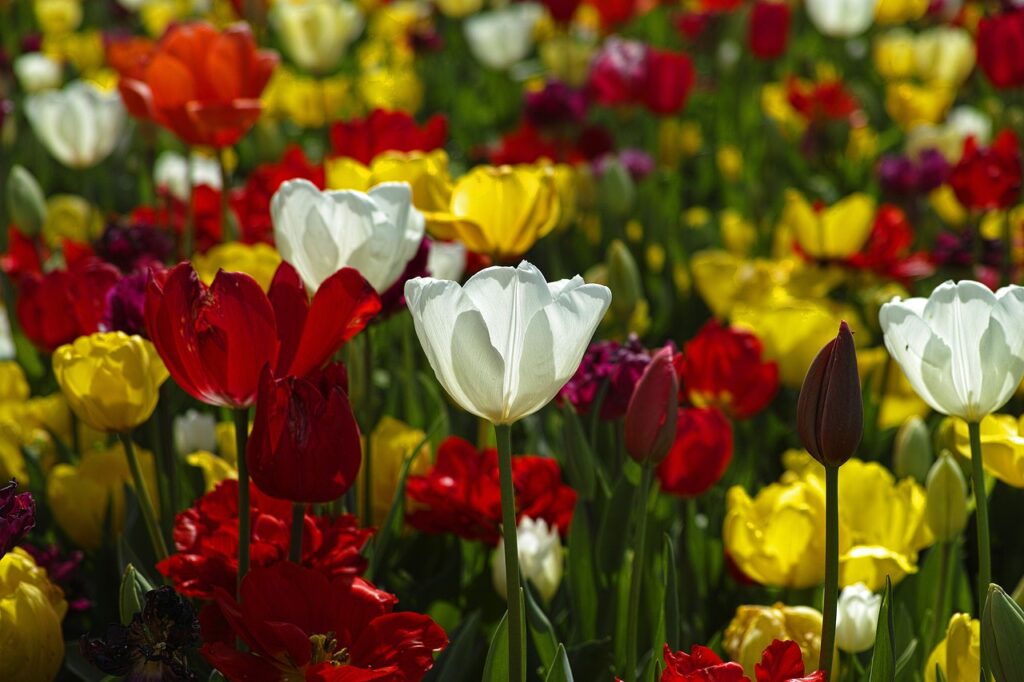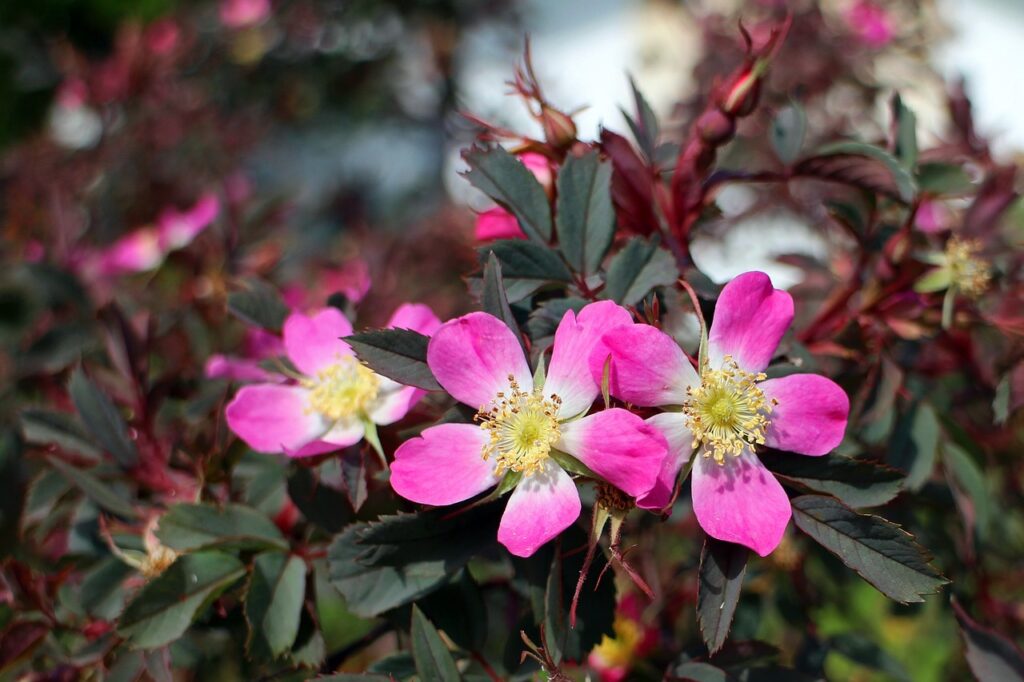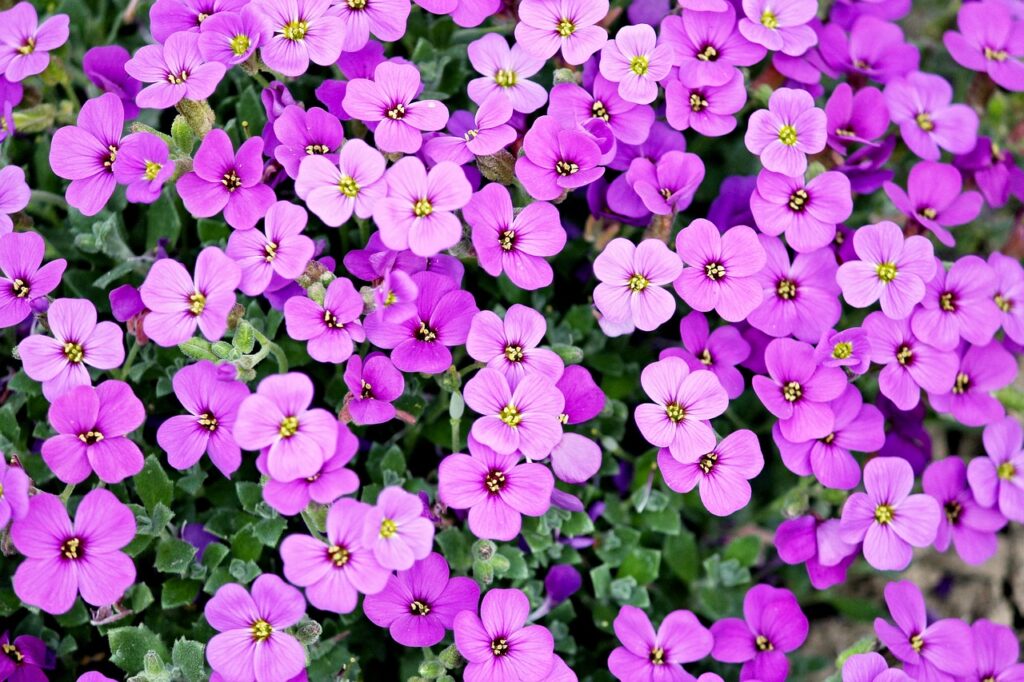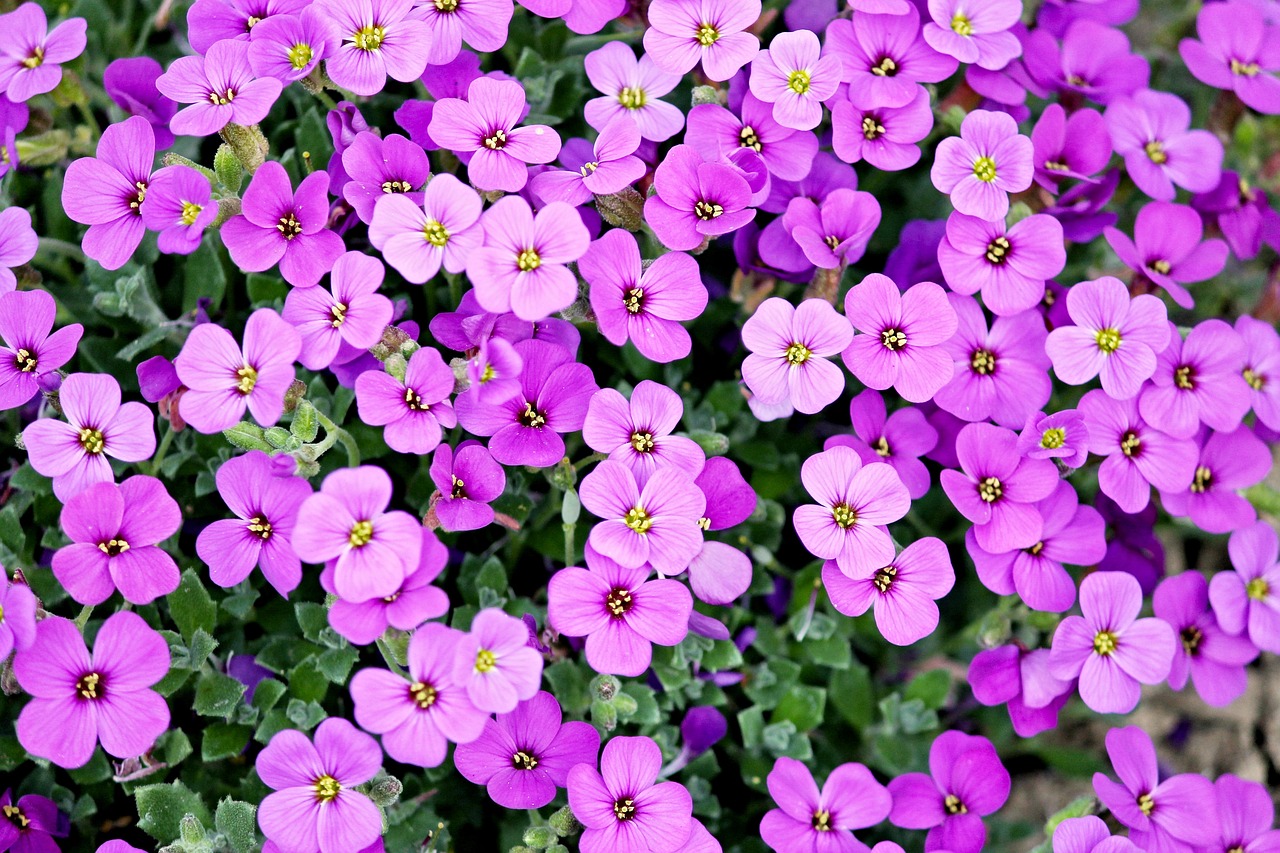Growing orchids can be a rewarding and enjoyable experience, but it’s important to avoid certain mistakes that could hinder their growth. In this article, you’ll discover the top 10 mistakes to steer clear of when cultivating orchids. From overwatering to neglecting the right amount of light, we’ll guide you through common blunders that can hamper your orchids’ development. By avoiding these pitfalls, you’ll be able to nurture vibrant and thriving orchids that bring beauty and delight into your home or garden.

1. Incorrect Light Exposure
1.1. Exposing orchids to direct sunlight
When it comes to light exposure, orchids require a delicate balance. Exposing them to direct sunlight can be harmful and lead to leaf burn. It’s important to provide them with filtered or indirect sunlight instead. Placing your orchids near a north or east-facing window is ideal as it ensures they receive the right amount of light without being subjected to intense rays. If direct sunlight is unavoidable, it’s essential to use a sheer curtain or window blinds to diffuse the light and protect your orchids.
1.2. Providing insufficient light
On the other hand, insufficient light can also cause problems for your orchids. Without an adequate amount of light, they may struggle to produce flowers or even grow properly. Orchids generally require around 12-14 hours of light each day to thrive. If you notice your orchids are not blooming or their leaves are turning yellow, it may be a sign that they are not receiving enough light. Consider providing supplementary artificial lighting, such as fluorescent or LED grow lights, to ensure your orchids receive the necessary amount of light.
1.3. Neglecting to adjust light exposure according to season
The light requirements of orchids can vary depending on the season. During the winter months, when the days are shorter, you may need to provide additional lighting to compensate for the reduced natural light. Conversely, during the summer months, when the days are longer and the sun is stronger, you may need to provide shade or move your orchids to a slightly shaded area to protect them from excessive light exposure. It’s important to monitor your orchids’ light needs throughout the year and make adjustments accordingly to promote healthy growth.
2. Inadequate Watering Techniques
2.1. Overwatering orchids
Overwatering is a common mistake that many orchid growers make, and it can result in root rot and other fungal diseases. Orchids are epiphytic plants that naturally grow on trees, so they don’t require a lot of water. It’s important to allow the potting medium to dry out partially between waterings. The frequency of watering will depend on various factors such as the type of orchid, potting medium, and environmental conditions. A good rule of thumb is to water your orchids when the top inch of the potting medium feels dry to the touch.
2.2. Underwatering orchids
While overwatering is a common mistake, underwatering can also be detrimental to orchids. If your orchids are not receiving sufficient water, their leaves may become wrinkled, and they may fail to produce flowers. It’s important to find the right balance and ensure that your orchids receive adequate moisture. When watering, make sure to thoroughly moisten the entire potting medium and allow any excess water to drain away. Always water until it runs out of the drainage holes at the bottom of the pot.
2.3. Using incorrect water quality
The type of water you use can have a significant impact on the health of your orchids. Tap water may contain minerals and chemicals that can be harmful to orchids, such as chlorine and fluoride. It’s best to use purified or filtered water when watering your orchids. Rainwater is also an excellent option as it is naturally free of chemicals and minerals. If you do use tap water, allow it to sit out overnight to allow any chlorine to dissipate before using it on your orchids.

3. Improper Temperature and Humidity
3.1. Subjecting orchids to extreme temperatures
Orchids are sensitive to extreme temperatures, both hot and cold. Exposing them to temperatures outside their preferred range can lead to stress and damage. Different orchid species have varying temperature preferences, so it’s important to research and understand the specific requirements of your orchids. As a general guideline, most orchids thrive in temperatures between 60°F (15°C) and 80°F (27°C). Avoid placing your orchids near drafty windows, heating vents, or air conditioning units, as these can create temperature extremes.
3.2. Inconsistent temperature and humidity levels
Inconsistent temperature and humidity levels can also have a negative impact on orchids. Orchids thrive in environments with stable temperature and humidity. Fluctuations in temperature or humidity can stress the plants and make them more susceptible to diseases and pests. It’s important to provide a consistent environment for your orchids by avoiding placing them near temperature variations, such as open windows or heating/cooling sources. You can use a room humidifier or a tray with water and pebbles to raise the humidity level around your orchids.
3.3. Failing to provide appropriate air circulation
Good air circulation is crucial for the health of orchids. Stagnant air can lead to the growth of mold and fungi, as well as increased pest infestations. It’s important to provide adequate air movement around your orchids, especially in humid environments. Placing a small fan near your orchids can help improve air circulation. However, it’s essential to ensure that the fan is not blowing directly on the plants, as this can cause excessive drying of the foliage. Striking the right balance is key to creating a healthy and well-ventilated environment for your orchids.
4. Poor Potting Medium Selection
4.1. Using regular soil
Using regular soil is a common mistake when potting orchids. Orchids require a well-draining potting medium that mimics their natural growing environment. Regular soil tends to retain too much moisture, which can lead to root rot and other fungal diseases. Instead, use a specialized orchid mix that consists of materials like bark, sphagnum moss, perlite, or coconut husk chips. These materials provide excellent drainage and aeration, helping to prevent waterlogged conditions while allowing the roots to breathe.
4.2. Using a potting mix that retains too much moisture
While using a well-draining potting medium is crucial, it’s equally important to avoid using a mix that retains too much moisture. Excessive moisture can lead to root rot and other fungal infections. Orchids require a balance of moisture and airflow around their roots. If you notice that your potting medium stays excessively wet, consider adding more coarse materials like bark or perlite to increase drainage. Regularly checking and repotting your orchids when necessary will also help prevent issues associated with overly moist potting mixes.
4.3. Choosing a potting medium that lacks proper drainage
Proper drainage is essential for orchids, as they can quickly succumb to root rot if their roots are constantly saturated with water. Choosing a potting medium that lacks adequate drainage is a common mistake that can jeopardize the health of your orchids. When selecting a potting medium, make sure it allows excess water to freely escape, preventing water from pooling at the bottom of the pot. Look for potting mixes specifically formulated for orchids, as they are designed to provide excellent drainage while retaining the necessary moisture for the plants.

5. Incorrect Potting Techniques
5.1. Using the wrong size or type of pot
Choosing the right pot is crucial for the overall health and well-being of your orchids. Using the wrong size or type of pot can lead to issues such as root suffocation, excessive moisture retention, and inadequate drainage. Orchids generally prefer pots that are slightly snug, allowing for some room for the roots to grow. Avoid oversized pots that can hold excessive moisture, as this can lead to root rot. Opt for pots with drainage holes and use transparent pots to monitor the health of the roots.
5.2. Failing to repot orchids when necessary
Orchids need to be repotted periodically to prevent overcrowding and allow for root growth. Failing to repot your orchids when necessary can lead to root entanglement and restricted growth. Signs that your orchid needs repotting include a lack of growth, deteriorating potting medium, or roots growing over the edge of the pot. Repotting should be done when the orchid is not in bloom, preferably during the active growth season. Use fresh potting medium and gently trim any damaged or decaying roots during the repotting process.
5.3. Not properly securing orchids in their pots
When potting orchids, it’s important to ensure that they are securely anchored in their pots. Orchids are top-heavy plants, and if they are not properly secured, they can easily become dislodged or top-heavy. Properly anchoring orchids prevents their delicate roots from being damaged or exposed. You can use various methods to secure orchids, such as stakes, clips, or carefully tying them to the pot with soft ties or orchid clips. By securely anchoring your orchids, you provide stability and support, allowing them to grow and thrive.
6. Lack of Nutrient Balance
6.1. Over-fertilizing orchids
While orchids do require nutrients for healthy growth, over-fertilizing can be detrimental to their well-being. Excessive fertilizer can lead to nutrient burn, which manifests as brown or scorched leaf tips, stunted growth, or even the death of the plant. It’s important to follow the recommended dosage and frequency provided by the manufacturer. Use a balanced orchid fertilizer that is specifically formulated for orchids and dilute it according to the package instructions. Applying fertilizer sparingly and gradually increasing the strength over time will help prevent nutrient burn.
6.2. Under-fertilizing orchids
On the other hand, under-fertilizing can also be detrimental to orchids. Orchids naturally grow in nutrient-poor environments, so they rely on regular fertilization to meet their nutritional needs. If your orchids are not receiving enough nutrients, they may exhibit slow growth, pale leaves, and lack of blooming. It’s important to establish a consistent fertilization schedule and use a balanced orchid fertilizer to provide a sufficient amount of essential nutrients. Remember to adjust the frequency and strength of fertilization during the dormant periods to avoid overfeeding.
6.3. Using the wrong type of fertilizer
Using the wrong type of fertilizer can negatively impact the health of your orchids. Orchids have specific nutrient requirements, and using a fertilizer that is not specifically formulated for orchids can lead to nutrient imbalances or deficiencies. Look for a balanced orchid fertilizer that contains essential nutrients such as nitrogen (N), phosphorus (P), and potassium (K), as well as trace elements like iron (Fe) and magnesium (Mg). Avoid fertilizers high in salts or urea, as these can damage the delicate root system of orchids. Follow the manufacturer’s instructions for proper application and dosage.
7. Neglecting Pest and Disease Control
7.1. Ignoring early signs of pests or diseases
Pests and diseases can quickly spread and cause extensive damage if not addressed promptly. Ignoring the early signs of pest infestations or diseases can lead to severe consequences for your orchids. Regularly inspect your plants for any signs of pests such as aphids, mealybugs, or spider mites. Look for yellowing leaves, spots, or abnormal growth patterns as indications of possible diseases. If you notice any signs of pests or diseases, take immediate action to isolate the affected orchid and treat it accordingly to prevent the spread and save your other plants.
7.2. Using ineffective or harmful pest control methods
Using ineffective or harmful pest control methods can exacerbate the problem rather than solve it. Some pesticides or insecticides can be toxic to orchids or harm beneficial insects that help control pests. It’s important to choose pest control methods that are safe for orchids and environmentally friendly. Natural remedies such as neem oil or insecticidal soap can be effective against common orchid pests without causing harm to the plants. Always follow the instructions provided and avoid excessive or unnecessary use of pesticides.
7.3. Failing to regularly inspect orchids for pests and diseases
Prevention is key when it comes to controlling pests and diseases in orchids. Regularly inspecting your orchids for pests and diseases allows you to detect any issues early on and take appropriate action. Check your plants’ leaves, stems, and flowers for any signs of pests or diseases. Inspecting your orchids under bright lighting or using a magnifying glass can help detect smaller pests or problems that may go unnoticed. By regularly monitoring your plants, you can catch and treat any issues before they become major problems.
8. Improper Pruning and Trimming
8.1. Trimming orchids incorrectly
Pruning and trimming orchids are essential for their overall health and appearance. However, improper pruning techniques can lead to damage and affect their growth. When pruning, it’s important to use clean and sterilized tools to prevent the spread of diseases. Avoid cutting into healthy tissue and only remove dead, damaged, or diseased parts of the plant. It’s best to prune your orchids after they have finished blooming or during their rest period. By pruning correctly, you promote new growth and maintain a tidy and healthy orchid.
8.2. Pruning orchids at the wrong time
Timing is crucial when it comes to pruning orchids. Pruning at the wrong time can disrupt the natural growth cycle and inhibit blooming. It’s important to prune orchids after they have finished blooming or during their rest period. Pruning during active growth can interrupt the natural development of the plant and may prevent the formation of new buds. Pay attention to the specific blooming pattern of your orchid species and prune accordingly to encourage healthy growth and abundant flowering.
8.3. Failing to remove dead or damaged plant parts
Leaving dead or damaged plant parts on your orchids can create an entry point for diseases and pests. It’s important to remove any dead or damaged leaves, flowers, or stems to maintain the overall health of the plant. Use clean and sterilized tools to prevent the spread of diseases. Regularly inspect your orchids for any signs of dead or damaged parts and promptly remove them. By doing so, you help redirect the plant’s energy towards healthy growth and prevent potential problems from arising.
9. Neglecting Rest Periods
9.1. Not providing dormant periods for certain orchid species
Some orchid species require a dormant period to rest and recharge. Neglecting to provide these rest periods can hinder their overall health and blooming capabilities. Research and understand the specific requirements of your orchid species to determine if they need a rest period. During this time, reduce watering and fertilizer application, and provide slightly cooler temperatures to mimic their natural environment. Allowing your orchids to have adequate rest periods ensures their long-term growth and promotes successful blooming.
9.2. Failing to adjust watering and fertilizing during rest periods
During the rest period, the watering and fertilizing needs of orchids change. Failing to adjust your care routine accordingly can disrupt their natural cycle and impact their health. Reduce the frequency of watering during the rest period, allowing the potting medium to dry out more between waterings. Also, limit or halt fertilization during this time to avoid overfeeding the dormant orchids. By making these adjustments, you provide the necessary conditions for your orchids to rest and prepare for their next growth cycle.
9.3. Disrupting rest periods with improper care
Proper care during the rest period is essential to allow your orchids to rejuvenate. Disrupting this period with improper care, such as excessive watering or fertilizing, can interrupt their natural growth cycle. It’s important to be mindful of your orchids’ specific rest period requirements and provide the appropriate care. Avoid repotting or pruning during the rest period, as this can shock the plants and inhibit their ability to recharge. By respecting their rest periods, you enable your orchids to thrive and bloom to their full potential.
10. Lack of Research and Education
10.1. Not understanding the specific care requirements of different orchid varieties
One of the biggest mistakes that orchid growers make is not taking the time to research and understand the specific care requirements of different orchid varieties. Each orchid species has its own unique needs in terms of light, temperature, humidity, watering, and fertilizing. It’s important to educate yourself about the specific care guidelines for your orchid species to ensure optimal growth and blooming. Invest time in learning about the different varieties of orchids, their natural habitats, and their preferred growing conditions.
10.2. Failing to seek guidance from experienced orchid growers
Experienced orchid growers can be a wealth of knowledge and provide valuable insights into successful orchid care. Failing to seek guidance from them is a missed opportunity to learn from their experiences and avoid common mistakes. Joining local orchid societies or online forums can connect you with experienced growers who are often willing to share their expertise and offer advice. By tapping into the orchid community, you can gain valuable tips and tricks that will help you become a more successful orchid grower.
10.3. Ignoring available resources and educational materials
There is a wealth of resources and educational materials available to help you learn about orchid care. Ignoring these valuable resources can hinder your progress as an orchid grower. Books, articles, websites, and videos provide valuable information on various aspects of orchid cultivation, including specific care instructions for different orchid varieties. Take advantage of these resources and immerse yourself in the world of orchids. Learning from experts and well-researched materials will equip you with the knowledge you need to grow healthy and thriving orchids.
In conclusion, growing orchids successfully requires attention to detail and a good understanding of their specific care requirements. Avoiding these common mistakes such as incorrect light exposure, inadequate watering techniques, improper temperature and humidity, poor potting medium selection, incorrect potting techniques, lack of nutrient balance, neglecting pest and disease control, improper pruning and trimming, neglecting rest periods, and lack of research and education will greatly increase your chances of cultivating beautiful and healthy orchids. By following proper care guidelines, seeking guidance, and continually educating yourself about orchids, you can become a skilled orchid grower and enjoy the beauty of these exquisite plants.
